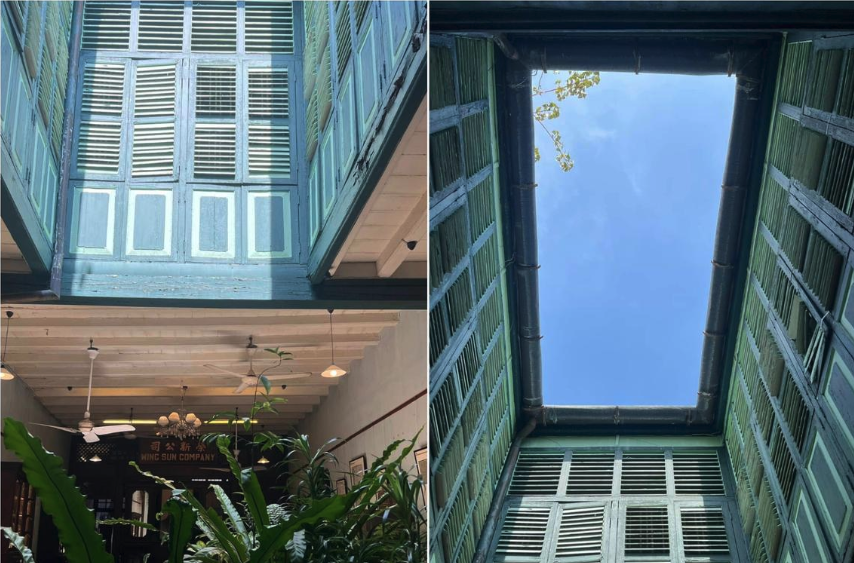Traditional medicine has a role to play in treating heat injuries, but more research is needed
Published: January 13, 2025
This article was originally published by The Straits Times
SINGAPORE – Traditional practices and conventional medical treatments could work together to help treat heat injuries, but more research is needed in this area, said an expert at a heat health conference on Jan 10.
Conventional treatments, such as ice bath and intravenous drip, may be needed immediately for acute onset of heat injuries.
But subsequently, traditional medical treatments, including acupuncture and cupping, can help a patient rehabilitate or prevent heat injuries.
“Conventional medicine and traditional medicine are not at loggerheads with each other – they simply need to put aside differences to understand and acknowledge each other’s unique strengths and position themselves appropriately at different phases of recovery to bring about the most benefits,” said Mr Brandon Yew, senior traditional Chinese medicine (TCM) physician at TCM clinic Real Health Medical.
He also noted that cultural and traditional beliefs and practices play a crucial role in many areas of South-east Asian communities due to their strong sense of culture and heritage.
Mr Yew was speaking on the final day of the First Global Heat Health Information Network (GHHIN) South-east Asia Heat Health Forum, held at the Parkroyal in Beach Road from Jan 7 to 10.
The conference marked the first time experts across the heat response chain – from humanitarian organisations to weather scientists to medical professionals – convened under the network to discuss South-east Asia’s heat challenges and potential solutions.
However, Mr Yew noted that traditional Chinese medicine is still often misunderstood due to its “philosophical concepts with strong cultural influence”.
More research can be done on the effectiveness of TCM treatments, as well as the consumption of food that is said to have “cooling effects”.
He also said it is important to understand traditional practices and the reasons and values behind them, before discussing how to bring together traditional and conventional treatments.
Apart from medical treatments, the role architecture and design play in the management of heat was also raised at the forum.
Ms Lim Gaik Siang, immediate past president of Penang Heritage Trust, said traditional shophouses in Georgetown, Penang, some of which were built in the 1790s, before electricity was available, have features that help to cool the buildings.
For example, air vents and air wells help provide ventilation and natural lighting in a dwelling.

The materials used to construct these shophouses, such as timber and clay bricks, are also more eco-friendly and breathable, compared with materials such as cement, which causes more greenhouse gas emissions during production, Ms Lim added.
- Additional reporting by Shabana Begum.
- The Straits Times is the media partner for the First GHHIN South-east Asia Heat Health Forum, held in Singapore from Jan 7 to 10, 2025.
- Chin Hui Shan is a journalist covering the environment beat at The Straits Times.